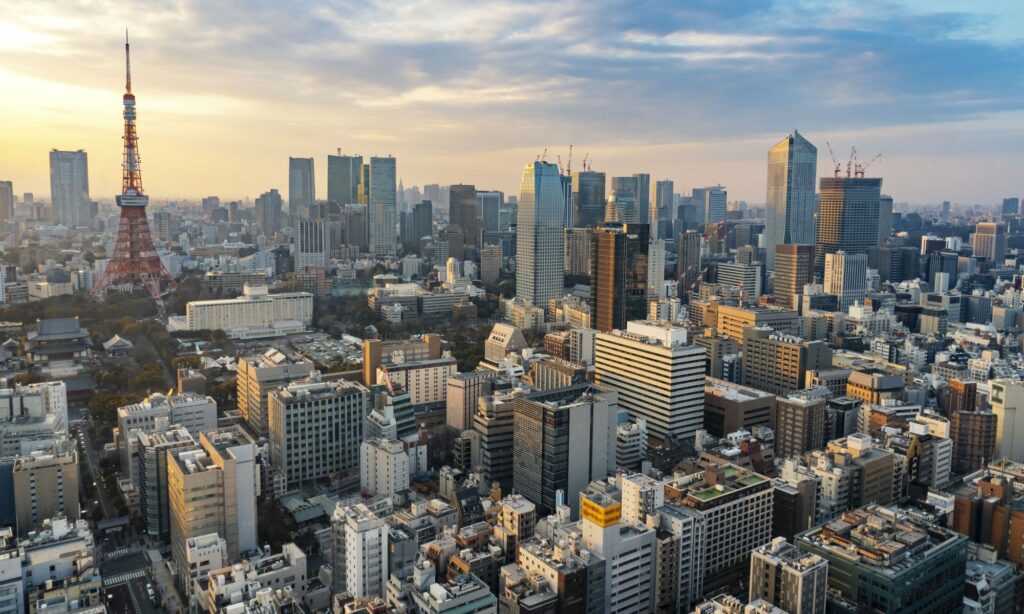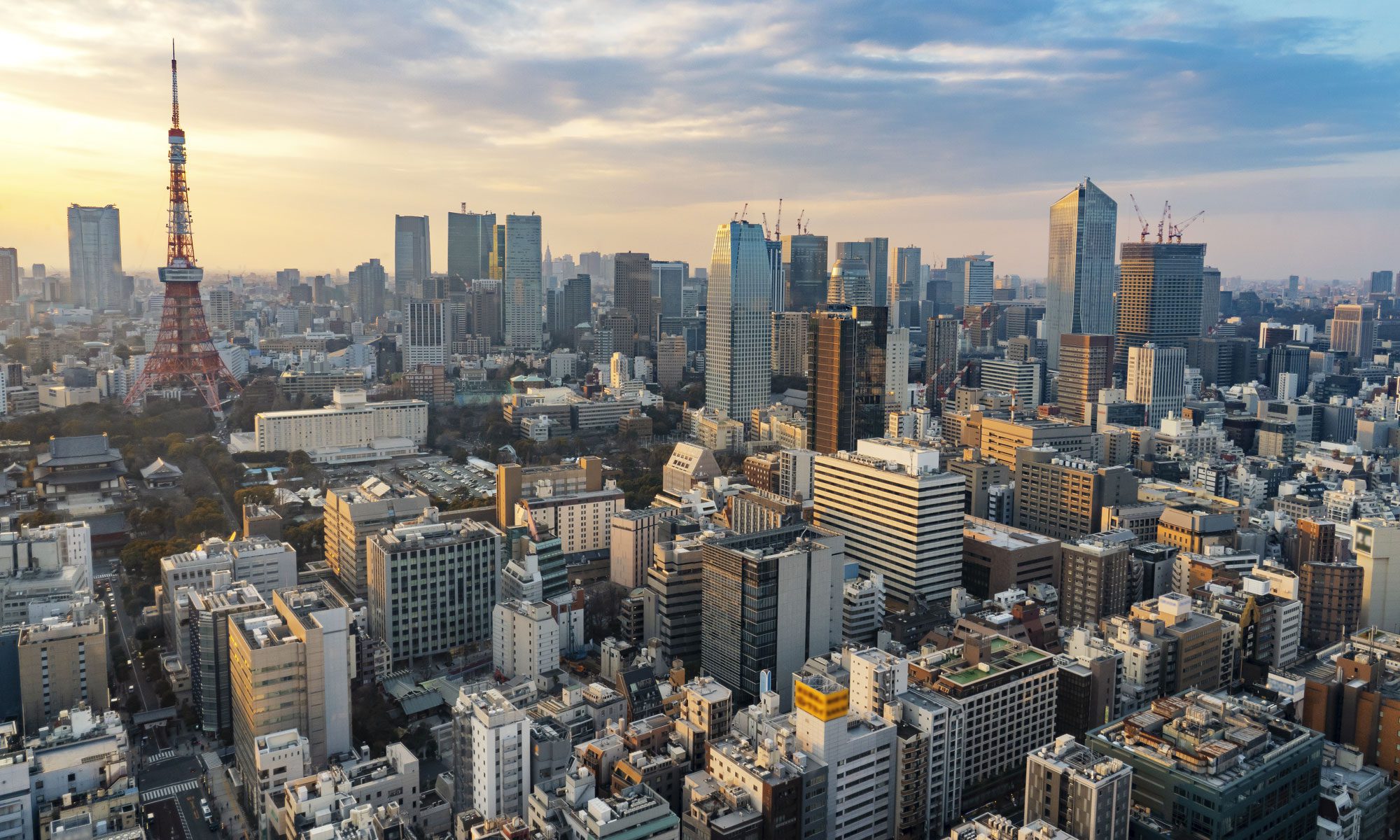Author: Youssef Iguider, VP of Business Development & Japan Country Director, SRI International, Japan

New, creative innovations based on the latest advanced technology trends could contribute valuable solutions to a wide range of associated challenges
As a world leading technology research and development institute, SRI International has over the past 75 years developed and delivered many renowned technological innovations which have had a major impact on the world. From the first Internet prototype (ARPANET) to the first mobile robot (Shakey), the first personal assistant (Siri), first robotic surgical system (da Vinci), and more.
Through its Japan office, SRI has been empowering Japanese innovators from various industries for six decades. Recently, SRI Japan has received increased interest from Japanese clients to help develop new technology solutions to address important needs related to challenges such as aging or shrinking workforce, aging innovation practices and aging infrastructures. The increased interest in this area shows Japan is facing a critical “aging” crisis — and this is not only about an aging society.
Japan’s aging society
With one of the highest life expectancies in the world, Japan has become a rapidly super-aging and shrinking society. The country is now home to a world record of centenarians. The 65-or-older age group constitutes over one-fourth of Japan’s population and is expected to become one-third by the end of the next decade, to approach 40% of the entire population by 2060, according to Japan’s Ministry of Health, Labour and Welfare (MHLW). Given its minimal immigration policy, Japan is facing serious economic challenges that may be caused by this impacting demographic shift.
New, creative innovations based on the latest advanced technology trends could contribute valuable solutions to a wide range of associated challenges. This includes critical problems such as a shrinking workforce, smart assistance to the aging labor force (the farming sector for example); knowledge and skill transfer from seasoned manufacturing workers to new apprentices, medical care services for elderly (especially in remote areas) and more.
Japan’s aging innovation models
Japan has always excelled in adopting new inventions and adapting them further to develop valuable innovations that address important needs. Examples range from the development of Japanese writing system originating from the fifth century to the recent postwar examples, including automobile production, ship building, semiconductors and Total Quality Management (TQM) processes.
However, the world is shifting again, only this time, faster than ever before. And so are the innovation ecosystems, global and regional marketplaces, the nature of the competition (which is not only cross-geographical but also cross-industrial) and the rise of modern innovation worldwide. Older innovation practices that previously allowed Japan to reach its economic bubble several decades ago may not be well-suited for Japan’s new realities. Fortunately, there are many successful innovation ecosystems in other world regions, which Japan can learn, adopt, adapt and develop further to address Japan’s current innovation challenges. The innovation ecosystem and the innovation frameworks which proved themselves in the Silicon Valley provide a strong reference for Japanese innovators.
Japan’s aging infrastructures
The 20th century was the age of construction in Japan. Most major roads, bridges, tunnels and sewage pipe systems in Japan are getting old, as they were built and opened to public use during the high economic-growth era of the 50s, 60s and 70s of the last century. According to Japan’s Ministry of Land, Infrastructure, Transport and Tourism (MLIT), nearly half of Japan’s bridges will be 50 years or older in 2026. It is reported that a large number of bridges are expected to reach the end of their useful life in the near future.
A survey by MLIT shows that 60% of Japan’s bridges and expressway tunnels are cited for restoration and are waiting to undergo major repairs. The collapse of critical infrastructures (like the fatal collapse of ‘Sasago’ expressway tunnel in Yamanashi Prefecture in 2012) was reportedly caused by their aging conditions. The risks grow as time passes, especially with Japan located in a zone of frequent seismic activities. However, the cost to rebuild these infrastructures and the impact on their busy surrounding areas can be substantial. This has resulted in Japan’s government refocusing its policy toward preventive maintenances and repairs. With the important advances in high-tech and technological R&D capabilities, it is now possible to grant an upgraded lifespan extension to the country’s infrastructures. Through improved systematic inspection, preventative maintenance and innovative reinforcement of these infrastructures.
Seeking new opportunities for Japan
While Japan is being challenged by its aging society, aging innovation models and aging infrastructures, age does not necessarily need to become a crisis. Age can also mean wisdom, experience, clear vision, maturity and ability to leverage resources more efficiently and more effectively. Smart and customized innovative solutions based on the latest trends and advances in technology and R&D can be successfully leveraged to address most of these aging challenges. More than that, well-adapted technology innovations may allow Japan to convert its aging challenges to new opportunities for further economic growth, and for Japan to play a more leading role in the global community.



